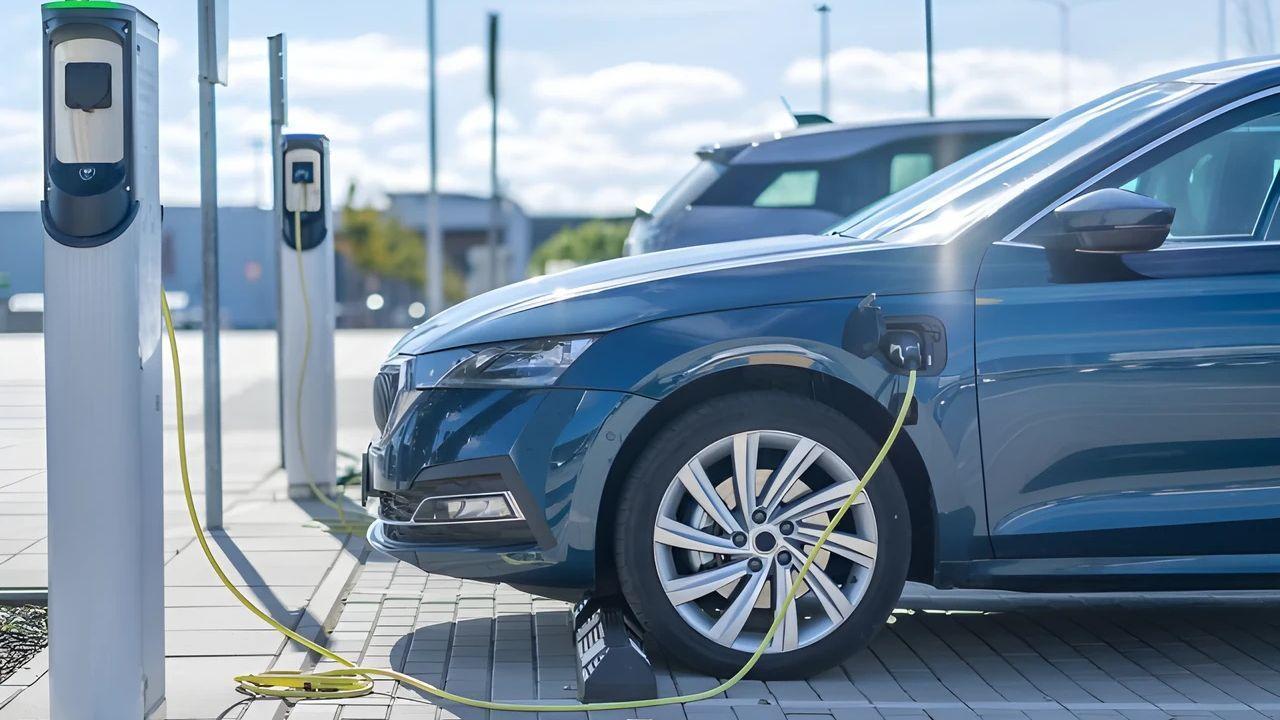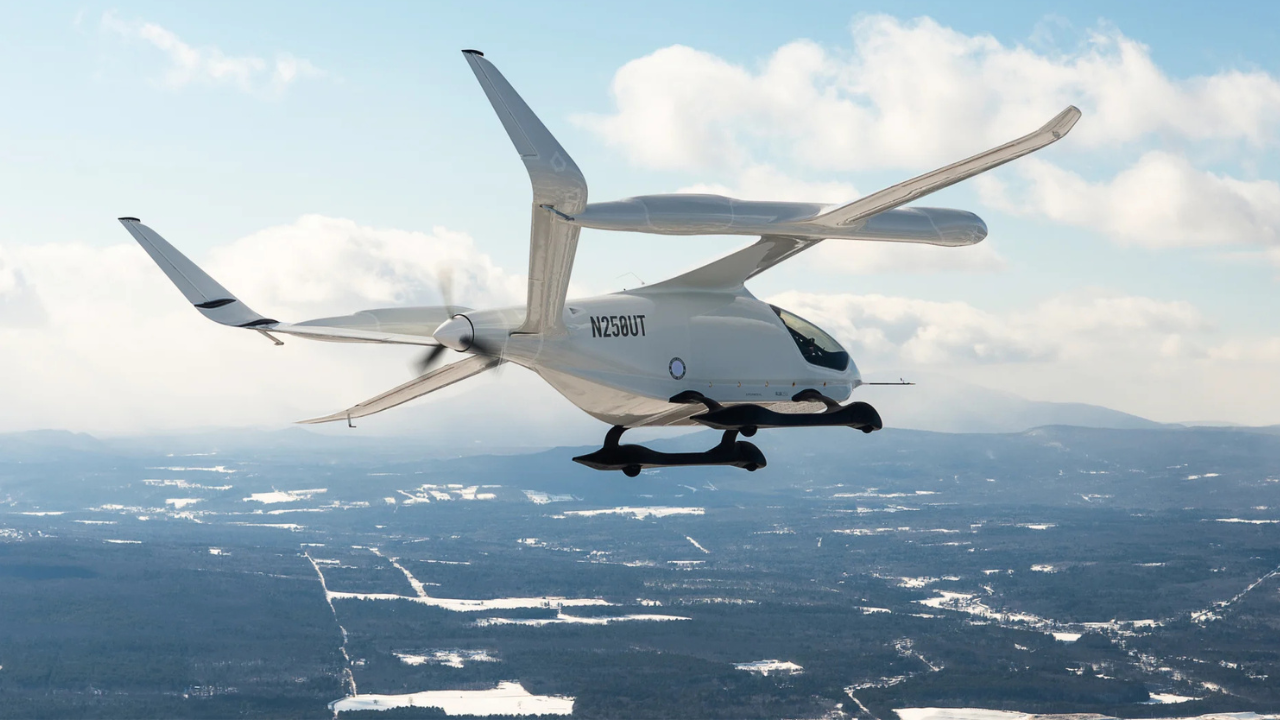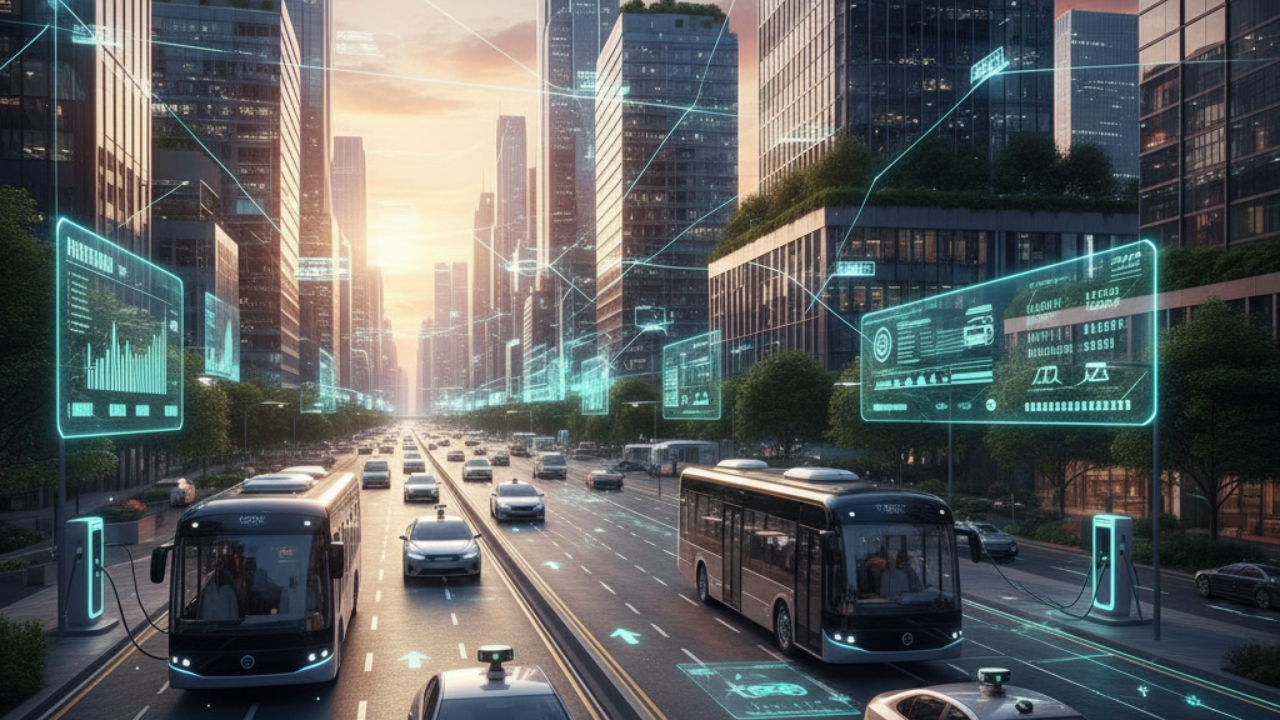
Post by : Avinab Raana
Photo : X / Silicon Valley North
California has just approved a $1.1 million grant to Brooklyn-based charging company It’s Electric to build what would become the world’s first curbside vehicle-to-grid (V2G) EV charger. This means city-street chargers won’t just pull power from the grid to charge electric cars, they’ll also send electricity back from parked EVs to help support the grid. Working with researchers at UC Berkeley and University of Delaware, the project aims to roll out market-ready hardware by 2028 that brings these bidirectional chargers to public sidewalks, including in underserved communities.
Most public EV chargers today are one-directional: grid to car. This new curbside V2G charger will reverse that flow when needed. Using specially designed charging hardware and a “J3068 Active Cable” developed in partnership with University of Delaware, the system will maintain compatibility with current charging infrastructure while enabling bidirectional power flow. That means not just charging your car, but using it as a mobile battery when the grid demands it, such as during peak usage or emergencies.
The plan cuts across income and location divides. The project will specifically include low-income and disadvantaged neighborhoods in its deployment strategy. The idea is to ensure that V2G isn’t a luxury only for well-served areas but becomes part of the EV charging network in communities where public charging availability and reliability can lag. By doing this, California hopes to promote fairness in how benefits of EV adoption both for drivers and for the grid are shared.
EVs are parked many hours of the day, especially in cities. This project sees that idle time as an opportunity. When connected to the grid via these new curbside chargers, EV batteries can provide stored power during times of high demand, reducing stress on utilities or lowering the need to fire up extra peaker plants. As more EVs adopt V2G capable chargers, these distributed storage resources could help stabilize the grid, improve resiliency, and potentially lower energy costs.
The grant comes from the California Energy Commission under the Enabling Electric Vehicles as Distributed Energy Resources program, part of the broader EPIC initiative. It’s Electric, together with the university collaborators, aims to have the hardware market-ready by 2028. Before that, the development process includes designing the hardware, ensuring safety and interoperability, testing in real-world environments, and standardizing the way drivers interact with the new system (billing, permissions, etc.).
A key technological enabler is the J3068 Active Cable. It adapts existing SAE-standard untethered chargers to allow bidirectional flow, linking driver account info to the cable. That ensures compatibility, safety and accountability across different charging environments. The cable helps bridge the gap between current charger designs and those needed for V2G, without needing all new infrastructure on the car side.
For EV owners, this opens up new possibilities. Rather than just plugging in, drivers could enroll in programs that compensate them for selling surplus electricity back to the grid. Drivers who have EVs that are parked overnight or during low demand hours could see savings or credits. Moreover, having more charger options in public spaces means greater flexibility, especially for people without access to home charging.
There are still hurdles. Utilities will need to permit connections, establish safety protocols, and manage the interconnection process. The V2G hardware must be robust, safe, and reliable. Regulatory and billing frameworks need to be clear questions around liability, wear on batteries, how compensation is calculated, and ensuring that drivers always have enough charge for their needs. Also, deploying curbside chargers requires street-side infrastructure: space, electrical supply, permits, possibly new grid upgrades in some neighborhoods.
If this pilot succeeds, it could change how cities think about EV infrastructure. Instead of chargers being only demand sinks, they become active parts of energy systems. Grid operators could lean more on distributed energy from parked cars, reducing dependence on peaker plants or expensive grid upgrades. Over time, widespread curbside V2G could help California meet its climate goals, reduce emissions, improve resilience during power shortages or high demand, and lower costs for utilities and drivers.
This initiative brings together technology companies like It’s Electric, leading universities, state energy agencies, utility regulators, and communities. Policy makers will watch how permitting, safety standards, and interconnection rules evolve. Industry players will see whether V2G becomes a standard expected feature of public charging. And academics will contribute testing, monitoring, and data about how well systems perform in real-world street settings.
Between now and 2028 the project will unveil prototypes, conduct field tests, publish results on efficiency, safety, battery wear, grid impact, driver satisfaction. Key metrics will include how much energy can flow back to the grid, earnings for drivers, how many chargers get deployed especially in disadvantaged neighborhoods, and whether local utilities accept and integrate the equipment into grid operations. Also crucial will be how durable and weather-proof street chargers are, how they handle vandalism, maintenance, user experience and reliability.
California’s move to fund the first curbside V2G charger marks a turning point. It suggests a future where EVs are not just vehicles but mobile assets for energy systems. For drivers, it promises savings and better access. For the grid, it offers new flexibility and resilience. For the climate, it's another arrow in the quiver against emissions.
Success won’t be guaranteed there will be technical, regulatory and logistical obstacles. But this project sets a high bar. If California can pull it off, curbside V2G chargers may become part of everyday street infrastructure. Millions of EVs might soon do more than drive they might power the places they drive through.
Vehicle-to-grid, Curbside V2G, California EV chargers










Bengaluru-Mumbai Superfast Train Approved After 30-Year Wait
Railways approves new superfast train connecting Bengaluru and Mumbai, ending a 30-year demand, easi

Canada Post Workers Strike Halts Nationwide Mail and Parcel Services
Canada Post halts operations as CUPW strike disrupts mail and parcel delivery nationwide amid disput

PM Modi Launches BSNL ‘Swadeshi’ 4G Network, 97,500 Towers Built
India enters global telecom league as PM Modi inaugurates BSNL’s indigenous 4G, connecting 26,700 vi

India’s Iconic MiG‑21 Takes Final Flight After Six Decades of Service
After 60 years India retires its MiG‑21 fighter jet, a legendary yet controversial warplane marking

Hindustan Zinc unveils AI hotspot monitoring at Debari smelter
Hindustan Zinc launches AI-powered Switchyard Hotspot Monitoring at Debari smelter to cut outages bo

Chinese experts worked inside sanctioned Russian drone plant
Chinese drone specialists visited IEMZ Kupol supplying parts and drones via intermediaries, deepenin